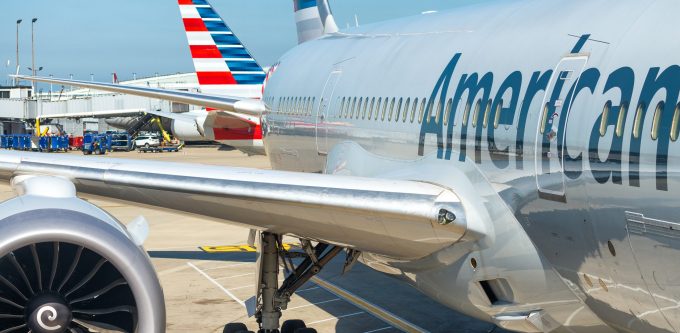Forwarders predict fall in airfreight rates as ecommerce eyes sea freight
Forwarders are warning that although the airfreight market currently seems stable, conditions could change very ...

Transatlantic load factors and rates are falling, as pent-up passenger demand brings additional capacity to the routes.
Dynamic load factors across the Atlantic have fallen to about 60%, according to Clive Data Services.
“For the first time since Covid, rates across the Atlantic have fallen to a par with the previous year,” said Niall van de Wouw, head of airfreight for Xeneta.
“Load factors are down and rates are sliding to the level they were at last year – and still going down.”
The ...
Macron calls for ‘suspension’ – CMA CGM's $20bn US investment in doubt
Trump tariffs see hundreds of cancelled container bookings a day from Asia
De minimis exemption on shipments from China to the US will end in May
Forwarders stay cool as US 'liberation day' tariffs threaten 'global trade war'
Mixed response in US to 'Liberation Day', while China leads wave of retaliation
Tariffs and de minimis set air freight rates on a volatile course
Overcapacity looms for ocean trades – with more blanked sailings inevitable
'To ship or not to ship', the question for US importers amid tariff uncertainty

Comment on this article